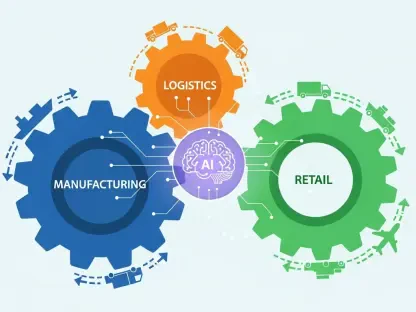This guide will help you understand how Artificial Intelligence (AI) can be utilized to enhance fraud detection in financial services. By following the instructions provided, you can implement AI-based solutions that will better protect your financial institution from fraudulent activities.
Purpose and Importance
Fraudulent activities are a significant concern for financial institutions, often leading to substantial financial losses and damaged reputations. Traditional fraud detection methods are becoming outdated as fraudsters use more sophisticated techniques. AI-driven approaches, on the other hand, offer powerful tools for identifying and preventing fraud with greater accuracy and speed. The purpose of this guide is to explain the steps necessary to implement AI for improved fraud detection, making your financial services more secure.
Step-by-Step Instructions
1. Assess Your Current Fraud Detection Capabilities
Start by evaluating your existing systems and methods for detecting fraud. Identify the strengths and weaknesses of your current approach. This will help you understand where AI can provide the most benefits.
Tips:
- Conduct a thorough analysis of past fraud incidents.
- Gather feedback from your fraud detection team.
2. Identify Relevant AI Technologies
Research the various AI technologies that are applicable to fraud detection. Machine learning, neural networks, and natural language processing are some of the common technologies used.
Tips:
- Explore case studies and industry reports to see how others have implemented AI.
- Consider consulting AI experts or vendors who specialize in fraud detection.
3. Collect and Prepare Data
Data is the backbone of any AI system. Compile comprehensive datasets that include examples of both fraudulent and legitimate transactions. Ensure the data is clean, accurate, and well-labeled.
Tips:
- Use data normalization techniques to standardize the format.
- Implement data anonymization to protect customer privacy.
4. Develop AI Models
Build AI models specifically designed for fraud detection. Utilize machine learning algorithms such as decision trees, support vector machines, or neural networks.
Tips:
- Train your models using historical data.
- Regularly update the models with new data to improve accuracy.
5. Integrate AI Solutions with Existing Systems
Once your AI models are developed, integrate them with your current fraud detection systems. Ensure seamless interoperation to enhance overall effectiveness.
Tips:
- Conduct thorough testing before full-scale deployment.
- Create a rollback plan in case of integration issues.
6. Monitor and Fine-Tune AI Systems
Continuously monitor the performance of your AI models and make necessary adjustments. Anomalies should be detected promptly to minimize false positives and negatives.
Tips:
- Set up performance benchmarks.
- Implement a feedback loop to gather input from the fraud detection team.
Recap
To effectively integrate AI for fraud detection in financial services, you need to: assess your current capabilities, identify relevant AI technologies, collect and prepare data, develop AI models, integrate these models with your existing systems, and continuously monitor and fine-tune the AI solutions. Each step is critical to ensuring that your fraud detection system is robust and adaptive to evolving threats.
Conclusion
AI has significantly enhanced the ability of financial services to detect and prevent fraud. By following this guide, you can assess your current systems, identify the right AI technologies, prepare the necessary data, develop and integrate AI models, and continuously refine these systems. This approach helps create a more secure environment for financial transactions and safeguard assets effectively.









